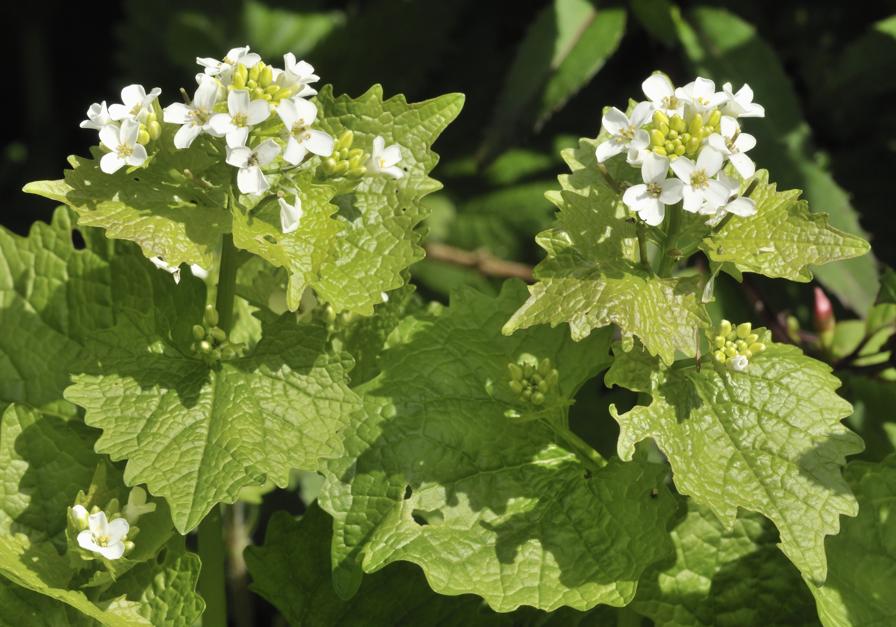
What to do this week The next two weeks are the busiest planting time for frost-susceptible vegetables, annuals, summer bulbs, and tropical plants. If you haven’t purchased yours, get thee to a nursery now while the selection is good. Once early June arrives, the stock will have been picked over. In the unlikely event of a frost, cover tender plants with a light bedsheet overnight for protection. Ready-made flowering containers will be available all summer as will be trees and perennials for planting, so there’s no rush there.
Q. What is garlic mustard and why is it so bad? Is it a vegetable?
SUSAN STONE, Needham
A. Garlic mustard is an edible herb that was probably brought to this country by subsistence farmers from Europe then “jumped the fence’’ into the wild, like dandelions. But while dandelions, which can also be tasty in salads, are a mere nuisance, garlic mustard (Alliaria petiolata) is a real threat to the environment. This shade-tolerant biennial can invade undisturbed woods (sometimes spread by deer) and change the soil chemistry, cutting off the food supply to young trees and other native plants so it can outcompete them. It does this by poisoning the soil fungi that native plants need to live. This fiendish strategy for plant world domination is called “allelopathy.’’ And garlic mustard has a couple of other tricks up its green sleeves. A single plant can produce more than 3,000 seeds — each of which remains viable for years. So if you let a single plant go to seed, you’ll end up weeding out its children for a decade. Think of that: One year’s seeding equals 10 years’ weeding. Garlic mustard arrived in the Boston area only a couple of decades ago, but it is fanning out rapidly through our roadsides and natural areas. Now is the time to pull it out, while the tiny white four-petaled flowers at the tip of its stick-straight foot-high stalks are easy to spot, before it goes to seed next month. Garlic mustard pulls out easily but should be placed in garbage bags for disposal; the seeds continue to mature after weeding. Herbicides also work. The point is not to leave a single stalk standing, or you’ll have its very big family moving in later this year for a very long visit.
On the plus side, if you like to forage for wild plants, garlic mustard is outstanding in the nutrient department, with high levels of vitamins A, C, zinc, and carotenoids. All parts of the plant are edible, including the roots, but need to be boiled. The leaves are low and scalloped the first year, but toothed and jagged the second. It is in the brassica family with rape and broccoli. The Internet is full of recipes for garlic mustard pesto.
Q. Will my 20-year-old hydrangea bloom this year, do you think? Right now, it is all wood, with dried-up buds and some green growth at the bottom. I guess it got winter killed. Should I cut it back or just wait and see? Also, my pear tree is starting to get green, but on the bottom third only with no white flowers. What is happening to this tree?
JUDY CROWLEY, Marshfield
A. Though last winter was mild over all, we had some ridiculously warm days and a couple of really cold nights. My home thermometer registered 14 below zero Fahrenheit early one morning, a record for my garden. And there wasn’t a reliable blanket of snow to buffer the effect of the quick changes. Crazy temperature fluctuations will probably worsen with climate change, to the detriment of most cold-hardy plants, so there is a lot of winter dieback. Most affected plants will send up new shoots from their roots. Will they bloom this year? Probably not. Should you cut off the dead branches? Yes. Keep cutting back until you see green in the stem itself.
Send your garden questions and comments to stockergarden@gmail.com. Please include your name and town for publication.



